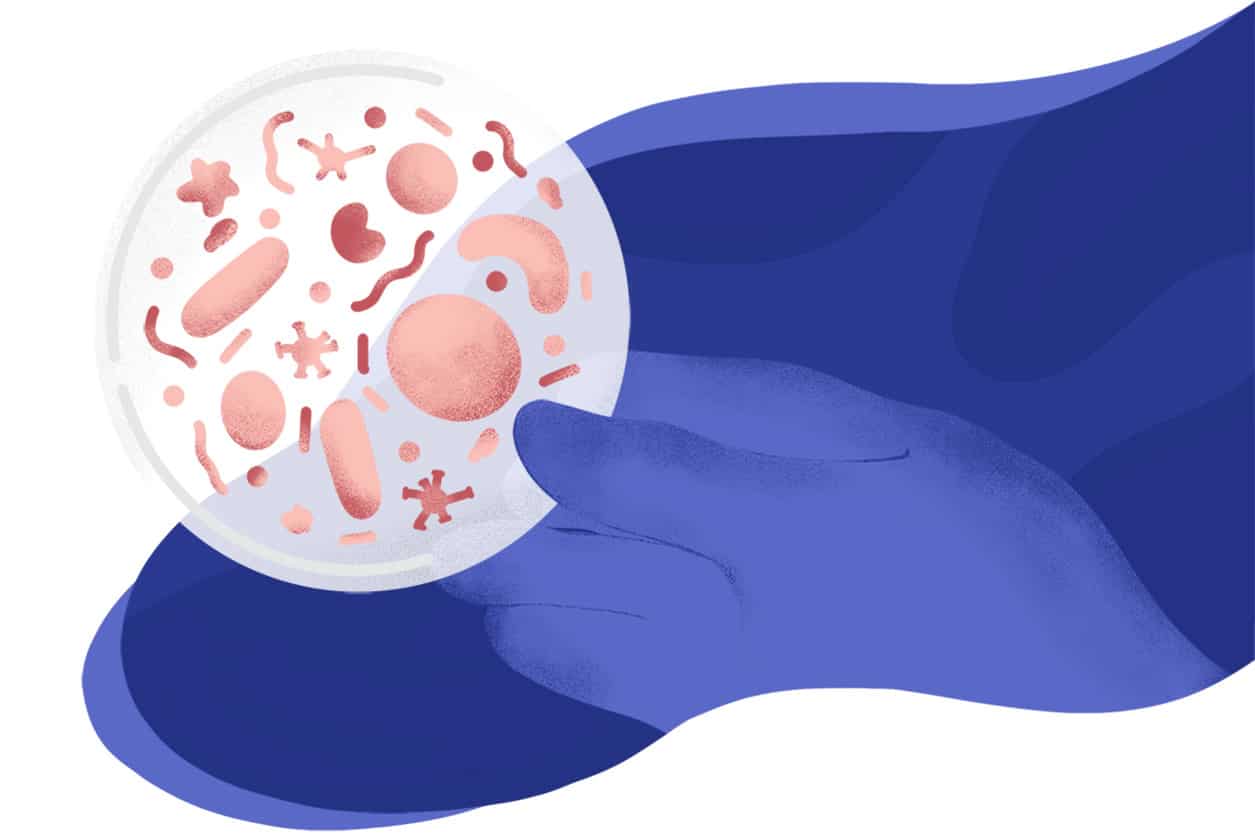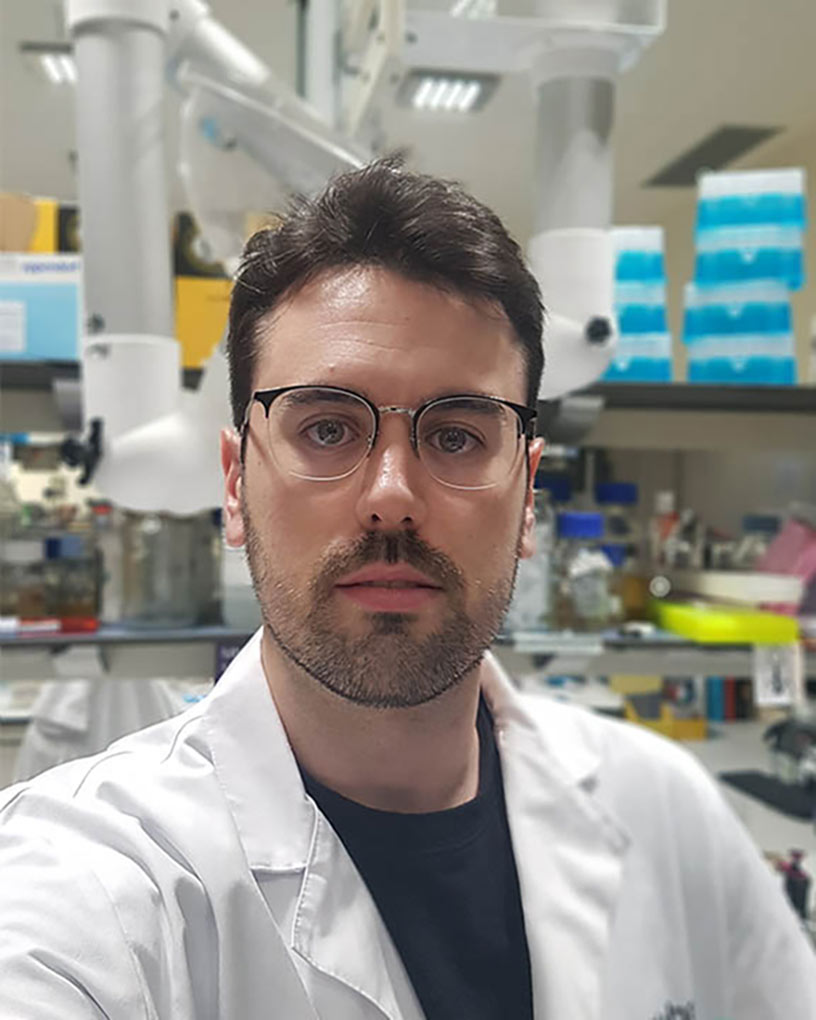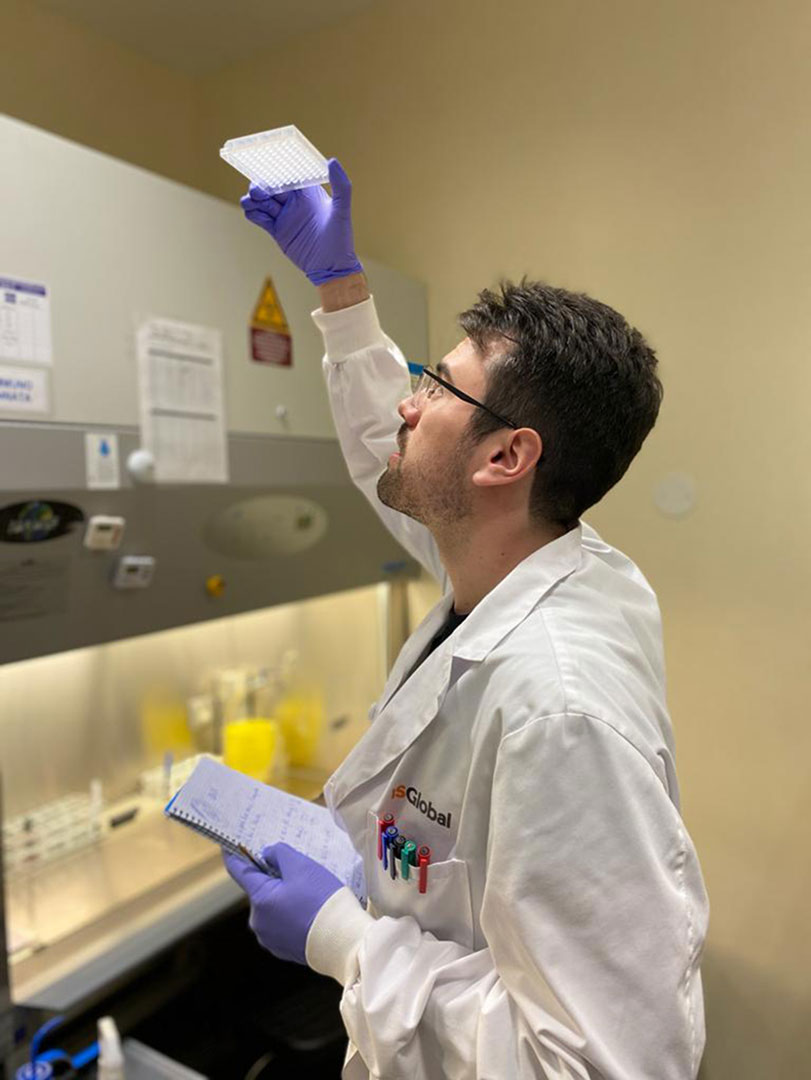Record findings and analyze culture well plates, hands-free and in real time, to determine the minimum inhibitory concentrations (MIC) for each sample, decide on the right antibiotic to be used and streamline your antimicrobial resistance (AMR) quest.


Javier is a 2nd year Microbiology PhD student at the Barcelona Institute for Global Health - Universitat de Barcelona. His research focuses on preclinical research and discovery of new antimicrobials to help fight Antimicrobial Resistance.
Javier is one of our ambassadors. You can learn more about our exclusive co-creator ambassador program, Twenty Nine, here.

Scientists often manually analyze culture well plates to speed up sample processing. However, it can be very difficult to simultaneously record data and analyze multiple wells. Therefore, this process is prone to human error. To define the outcome of each well, Javier needs to hold the plate above his head, observe and memorize each location and outcome, tilt his head down to write down his findings, and look up again to repeat the process with the next well.
Taking notes at the point of experimentation supports the traceability of results and enables researchers to maintain the quality and control of their data.
%20(1).png)
> Scientists can now access support when their hands and eyes are busy
> A digital lab assistant annotates findings and maintains data quality and accuracy
> Hands-free, real-time data capture minimized human error and interruptions
We are waiting to support your next-generation lab informatics. The Lab of the Future is here.

© 2019-2021 All Rights Reserved. LabTwin® is a registered trademark of LabTwin GmbH.